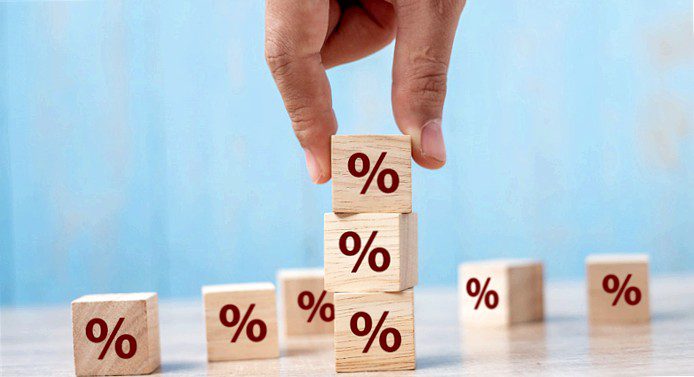
For not being directly measurable and changing over time, there is a surprising amount of discussion about the neutral interest rate, says Ninety One's Russell Silberston. And rightly so.
The Dallas Federal Reserve defines the neutral interest rate in the U.S. as the "theoretical policy rate at which the Federal Reserve's monetary policy stance is neither expansionary nor tight. This is the short-term real interest rate, which is consistent with maintaining full employment and associated price stability in the economy." To convert this unobservable real interest rate into a nominal neutral rate, the central bank simply adds its inflation target to it.
Where the neutral level lies, no one knows for sure. "Nevertheless, the neutral interest rate is an important guide for central banks and market participants", says Russell Silberston, market strategist at Ninety One. The neutral interest rate signals whether monetary policy is designed to boost or slow the economy. Since monetary policy is currently being tightened rapidly in most Western economies, it is also an important guide in decisions about the extent of interest rate increases, he says.
What is a neutral level of interest rates?
At the July Governing Council meeting, when the European Central Bank raised its key interest rate by a surprisingly large 50 basis points, ECB President Lagarde stated that "the objective of our interest rate path remains unchanged, namely to gradually raise interest rates to broadly neutral levels.". The U.S. Federal Reserve (Fed) had made remarkably similar comments after its first rate hike in March. Fed Chairman Powell had stated, "Frankly, it's a matter of . Return interest rates to a more neutral level as soon as possible and then go further if needed."
"Unlike the Fed, however, it remains unclear where the ECB sees the neutral interest rate level", according to Silberston. European monetary watchdogs steadfastly refused to discuss this issue. This was made very clear by the following statement of the ECB president at the press conference after the recent ECB rate hike: "What is a neutral interest rate level? At this point in time, I do not know . That's why we're not going to worry our heads about it until we're ready, too."
The Fed, on the other hand, publishes its assessment of the neutral interest rate once a quarter as part of its summary of economic forecasts. In June, the Fed saw the neutral interest rate level at 2.5%, which is in line with its inflation target of 2% plus an estimated real interest rate of 0.5%.
Reduce fluctuations
Why this is important? Finally, the neutral interest rate is a theoretical construct. "But when the target and path of monetary policy are clear, this stabilizes expectations in the financial markets and thus reduces volatility", explains Siberston. This year, changing expectations have already led to a massive sell-off in global bond markets.
However, U.S. medium-term interest rate expectations as measured by 5-year forward swap rates have been at 2.5% since the end of the first quarter of 2022, the level the Fed considers neutral. Yet the Fed has since raised rates by 1.75% with another 1% on the horizon.
In the eurozone, where it is less clear to markets where the ECB's monetary policy is headed, the corresponding term rate first rose from 1.5% to 2.9% and then fell back to 2% over the same period. The fact that the eurozone is not a full monetary union makes monetary policy here even more complicated, he said. Moreover, interest rate fluctuations are particularly detrimental for a highly indebted economy like Italy, as the relationship between debt and solvency is non-linear.
ECB must act
"Simply saying you don't know where the neutral rate is and you will deal with it later borders on irresponsibility", criticizes Silberston. It would increase volatility, further weaken the particularly indebted economies of the eurozone and possibly force the ECB to tighten excessively, which could lead to a further depreciation of the euro. This would undermine the ECB's own strategy of fighting inflation.
"The ECB must overcome its reluctance to commit to a neutral interest rate level and come up with a plausible target range if it is to minimize the risks associated with a monetary tightening cycle. The neutral interest rate may be a theoretical construct, but it certainly plays a role in practice.", concludes Silberston.